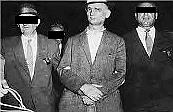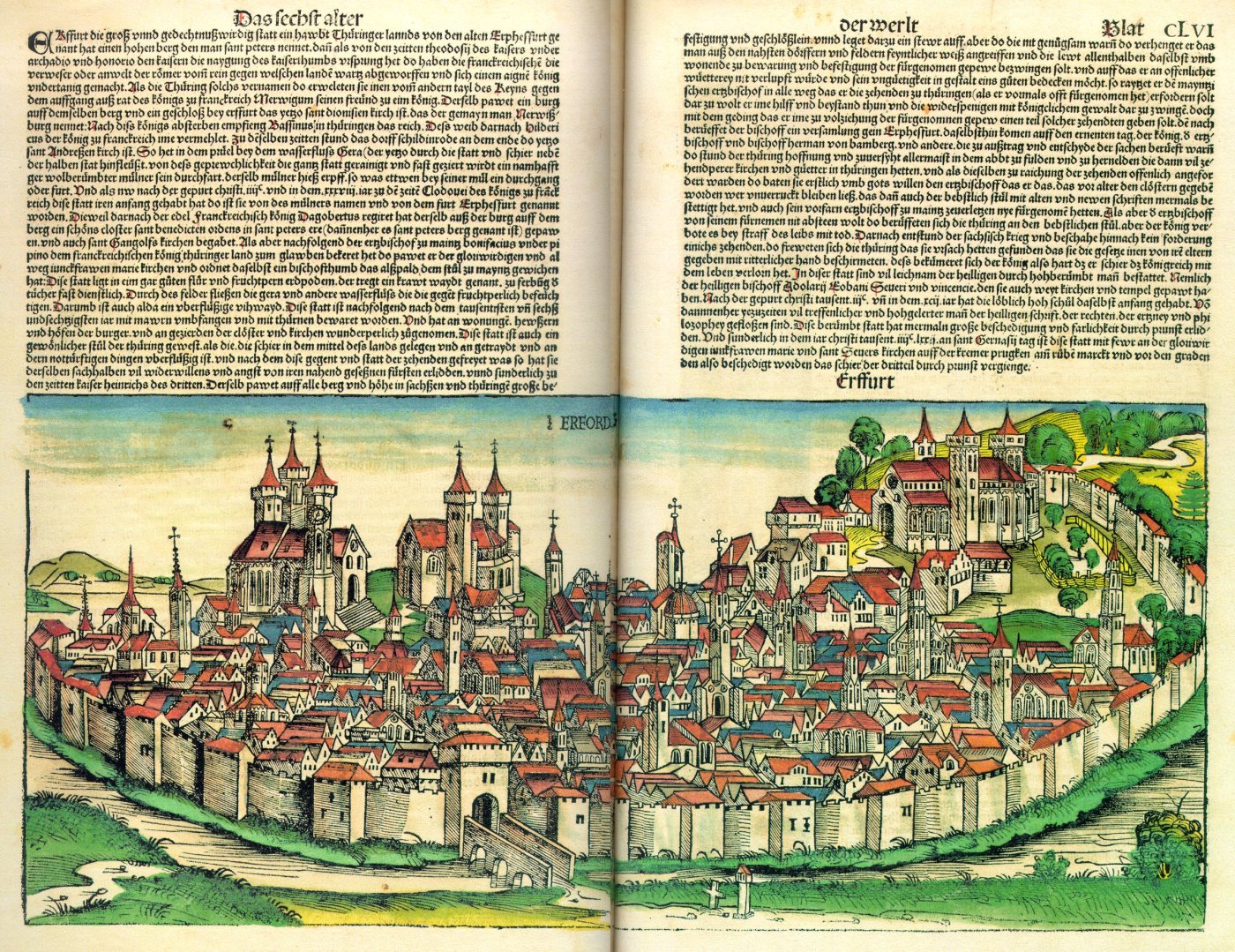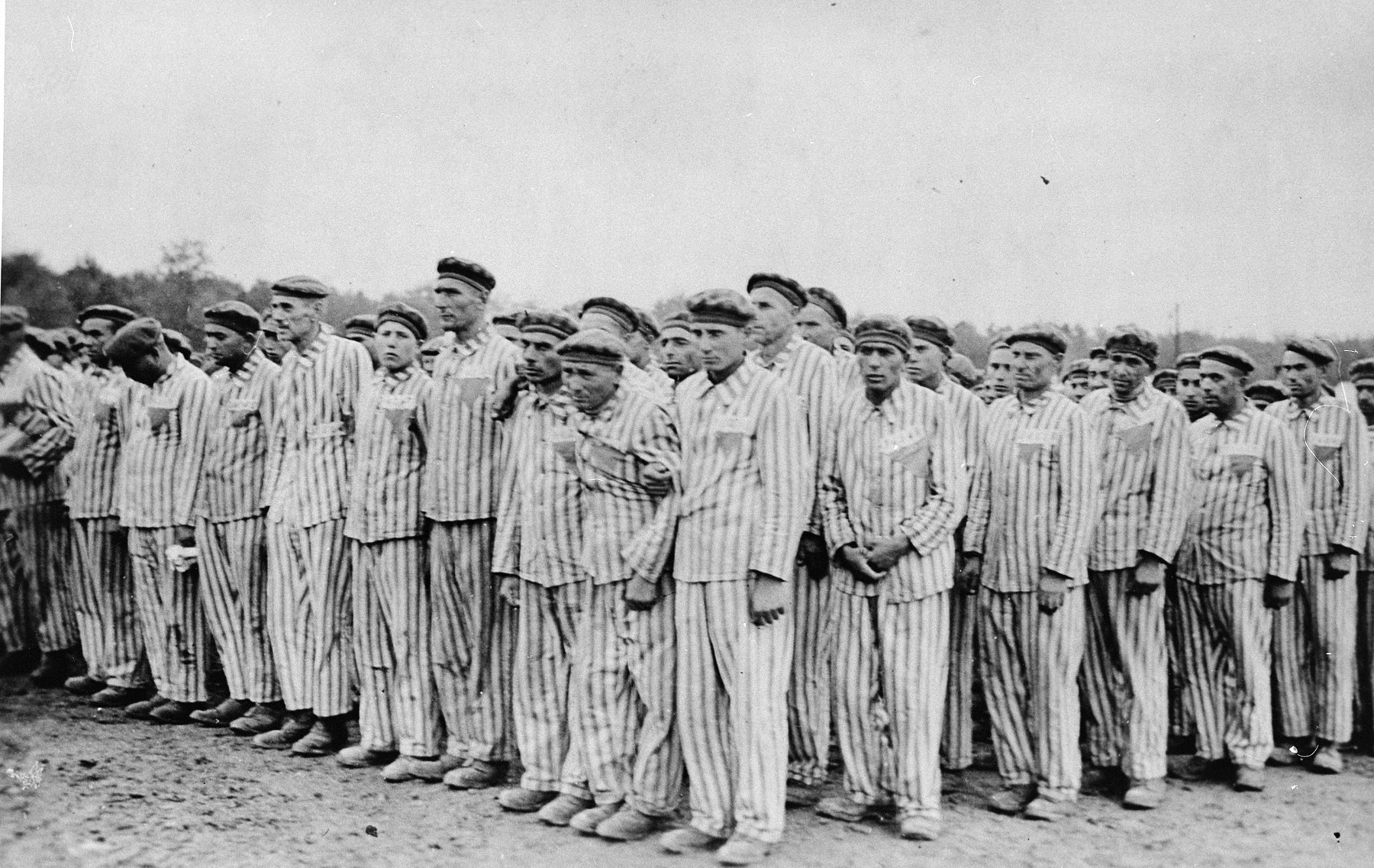|
Memorial And Education Centre Andreasstraße
The Memorial and Education Centre Andreasstraße (German: ''Gedenk- und Bildungsstätte Andreasstraße''), is a museum in Erfurt, Germany, which is housed in a former prison used by the East German Stasi, Ministry for State Security (Stasi). It is informally known as the Stasi Museum. From 1952 until 1989, over 5000 political prisoners were held on Remand (detention), remand and interrogated in the Andreasstraße prison, which was one of 17 Stasi remand prisons in the German Democratic Republic (East Germany). The museum was opened in 2013 as a memorial to repression and resistance in the Thuringia region during the GDR dictatorship. Its permanent exhibitions focus on the experiences of the prison's inmates, the activities of the Stasi, life under the dictatorship, and the Peaceful Revolution which led to German reunification. On 4 December 1989, local citizens stormed and occupied the prison as well as the neighbouring Stasi district headquarters to stop the mass destruction ... [...More Info...] [...Related Items...] OR: [Wikipedia] [Google] [Baidu] |
Prison Museum
Museums have been created from many former jails and prisons. Some old jails converted into museums are listed under the original name of the jail, especially if listed on the US National Register of Historic Places. For example, see Old St. Johns County Jail in St Augustine, Florida. Museums with a main purpose not associated with the jail or prison in which they are located are listed separately, below the main list. See also *List of museums in the United States References {{Reflist Lists of museums by subject, Jail Museums Prison museums, * Lists of prisons, *Museums ... [...More Info...] [...Related Items...] OR: [Wikipedia] [Google] [Baidu] |
World War I
World War I or the First World War (28 July 1914 – 11 November 1918), also known as the Great War, was a World war, global conflict between two coalitions: the Allies of World War I, Allies (or Entente) and the Central Powers. Fighting took place mainly in European theatre of World War I, Europe and the Middle Eastern theatre of World War I, Middle East, as well as in parts of African theatre of World War I, Africa and the Asian and Pacific theatre of World War I, Asia-Pacific, and in Europe was characterised by trench warfare; the widespread use of Artillery of World War I, artillery, machine guns, and Chemical weapons in World War I, chemical weapons (gas); and the introductions of Tanks in World War I, tanks and Aviation in World War I, aircraft. World War I was one of the List of wars by death toll, deadliest conflicts in history, resulting in an estimated World War I casualties, 10 million military dead and more than 20 million wounded, plus some 10 million civilian de ... [...More Info...] [...Related Items...] OR: [Wikipedia] [Google] [Baidu] |
Intelligence Agency
An intelligence agency is a government agency responsible for the collection, Intelligence analysis, analysis, and exploitation of information in support of law enforcement, national security, military, public safety, and foreign policy objectives. Means of information gathering are both overt and covert and may include espionage, signals intelligence, communication interception, cryptanalysis, cooperation with other institutions, and evaluation of public sources. The assembly and propagation of this information is known as intelligence analysis or intelligence assessment. Objectives Intelligence agencies can provide the following services for their national governments. * Give early warning of impending crisis; * Serve national and international crisis management by helping to discern the intentions of current or potential opponents; * Inform national defense planning and military operations, known as military intelligence; * Protect sensitive information secrets, both ... [...More Info...] [...Related Items...] OR: [Wikipedia] [Google] [Baidu] |
Secret Police
image:Putin-Stasi-Ausweis.png, 300px, Vladimir Putin's secret police identity card, issued by the East German Stasi while he was working as a Soviet KGB liaison officer from 1985 to 1989. Both organizations used similar forms of repression. Secret police (or political police) are police, Intelligence agency, intelligence, or Security agency, security agencies that engage in covert operations against a government's political, ideological, or social opponents and dissidents. Secret police organizations are characteristic of Authoritarianism, authoritarian and Totalitarianism, totalitarian regimes. They protect the political power of a dictator or regime and often operate outside the law to repress dissidents and weaken political opposition, frequently using violence. They may enjoy legal sanction to hold and charge suspects without ever identifying their organization. History Africa Egypt Egypt is home to Africa and the Middle East's first internal security service: The Stat ... [...More Info...] [...Related Items...] OR: [Wikipedia] [Google] [Baidu] |
Landespolizei
; ) is a term used to refer to the state police of any of the states of Germany. History The of today can trace its origins to the late 19th century, when Germany united into a single country in 1871, under Otto von Bismarck. Various towns and cities also maintained police forces, as the increasing number of new laws and regulations made controlling urban life more complicated. In Nazi Germany, all state and city forces were absorbed into the , which existed from 1936 to 1945. After World War II, massive numbers of refugees and displaced persons, hunger and poverty characterised everyday life in Germany. Attacks by armed gangs, robbery, looting and black-marketing were commonplace, and the military police could not cope with this troubling security situation. Thus each of the Western Allies quickly permitted the formation of civilian police forces, including small numbers of heavily armed and military like organised police forces in Western Germany, under terms that ... [...More Info...] [...Related Items...] OR: [Wikipedia] [Google] [Baidu] |
Erfurt Andreasstrasse 38 Verwaltungsgebäude 2
Erfurt () is the capital and largest city of the Central German state of Thuringia, with a population of around 216,000. It lies in the wide valley of the River Gera, in the southern part of the Thuringian Basin, north of the Thuringian Forest, and in the middle of a line of the six largest Thuringian cities ('' Thüringer Städtekette''), stretching from Eisenach in the west, via Gotha, Erfurt, Weimar and Jena, to Gera in the east. Together with Kassel and Göttingen, it is one of the cities with more than 100,000 inhabitants lying closest to the geographic centre of Germany. Erfurt is south-west of Leipzig, north-east of Frankfurt, south-west of Berlin and north of Munich. Erfurt's old town is one of the best preserved medieval city centres in Germany. The Gera is spanned by the Merchants' Bridge (''Krämerbrücke''), one of the rare bridges with houses built on it. On the Erfurt Cathedral Hill is the ensemble of Erfurt Cathedral—which houses the world's largest free- ... [...More Info...] [...Related Items...] OR: [Wikipedia] [Google] [Baidu] |
Buchenwald Concentration Camp
Buchenwald (; 'beech forest') was a German Nazi concentration camp established on Ettersberg hill near Weimar, Nazi Germany, Germany, in July 1937. It was one of the first and the largest of the concentration camps within the Altreich (pre-1938 Nazi Germany), Altreich (Old Reich) territories. Many actual or suspected communists were among the first internees. Prisoners came from all over Europe and the Soviet Union, and included Jews, Polish people, Poles, and other Slavs, the mentally ill, and physically disabled, political prisoners, Romani people, Roma, Freemasonry, Freemasons, and prisoners of war. There were also ordinary criminals and those perceived as sexual deviants by the Nazi regime. All prisoners worked primarily as forced labor in local armaments factories. The insufficient food and poor conditions, as well as deliberate executions, led to 56,545 deaths at Buchenwald of the 280,000 prisoners who passed through the camp and its List of subcamps of Buchenwald, 139 sub ... [...More Info...] [...Related Items...] OR: [Wikipedia] [Google] [Baidu] |
NKVD Special Camp Nr
The People's Commissariat for Internal Affairs (, ), abbreviated as NKVD (; ), was the interior ministry and secret police of the Soviet Union from 1934 to 1946. The agency was formed to succeed the Joint State Political Directorate (OGPU) secret police organization, and thus had a monopoly on intelligence and state security functions. The NKVD is known for carrying out political repression and the Great Purge under Joseph Stalin, as well as counterintelligence and other operations on the Eastern Front of World War II. The head of the NKVD was Genrikh Yagoda from 1934 to 1936, Nikolai Yezhov from 1936 to 1938, Lavrentiy Beria from 1938 to 1946, and Sergei Kruglov in 1946. First established in 1917 as the NKVD of the Russian SFSR, the ministry was tasked with regular police work and overseeing the country's prisons and labor camps. It was disbanded in 1930, and its functions dispersed among other agencies before being reinstated as a commissariat of the Soviet Union in 1934. D ... [...More Info...] [...Related Items...] OR: [Wikipedia] [Google] [Baidu] |
Soviet Military Administration In Germany
The Soviet Military Administration in Germany (; ''Sovyetskaya Voyennaya Administratsiya v Germanii'', SVAG; , SMAD) was the Soviet military government, headquartered in Berlin- Karlshorst, that directly ruled the Soviet occupation zone in Germany from the German surrender in May 1945 until after the establishment of the German Democratic Republic (GDR) in October 1949. According to the Potsdam Agreement in 1945, the SMAD was assigned the eastern portion of present-day Germany, consisting mostly of central Prussia. Prussia was dissolved by the Allies in 1947 and this area was divided between several German states ''(Länder)''. German lands east of the Oder-Neisse line were annexed by Soviet Union or granted to Poland, and Germans living in these areas were forcibly expelled, having had their property expropriated and been robbed of most of their belongings whilst in transit to the American, British, and Soviet zones. Notable SVAG officials * Marshal of the Soviet Union Geo ... [...More Info...] [...Related Items...] OR: [Wikipedia] [Google] [Baidu] |
Yalta Conference
The Yalta Conference (), held 4–11 February 1945, was the World War II meeting of the heads of government of the United States, the United Kingdom, and the Soviet Union to discuss the postwar reorganization of Germany and Europe. The three states were represented by President Franklin D. Roosevelt, Prime Minister Winston Churchill, and General Secretary Joseph Stalin. The conference was held near Yalta in Crimea, Soviet Union, within the Livadia, Yusupov, and Vorontsov palaces. The aim of the conference was to shape a postwar peace that represented not only a collective security order, but also a plan to give self-determination to the liberated peoples of Europe. Intended mainly to discuss the re-establishment of the nations of war-torn Europe, within a few years, with the Cold War dividing the continent, the conference became a subject of intense controversy. Yalta was the second of three major wartime conferences among the Big Three. It was preceded by the Tehran Confe ... [...More Info...] [...Related Items...] OR: [Wikipedia] [Google] [Baidu] |
80th Infantry Division (United States)
The 80th Training Command (The Army School System – TASS) is a formation of the United States Army Reserve. The unit was first organized in August 1917 and activated the following September during World War I as the 80th Division. During World War II, the Division was redesignated on 1 August 1942, as the 80th Infantry Division. Nicknamed the " Blue Ridge Division", it was initially composed of draftees from the mid-Atlantic states of Maryland, Pennsylvania, Virginia, and West Virginia. The Division was redesignated the 80th Airborne Division from December 1946 to May 1952. In May 1952 and March 1959, the unit was redesignated as a reserve infantry division and then a reserve training division. In 1994, the unit was granted the designation, 80th Division (Institutional Training). On 1 October 2008, the unit underwent a major transformation and is now the 80th Training Command. World War I *Activated: September 1917 *Overseas: June 1918 *Major operations: Battle of the Somm ... [...More Info...] [...Related Items...] OR: [Wikipedia] [Google] [Baidu] |





